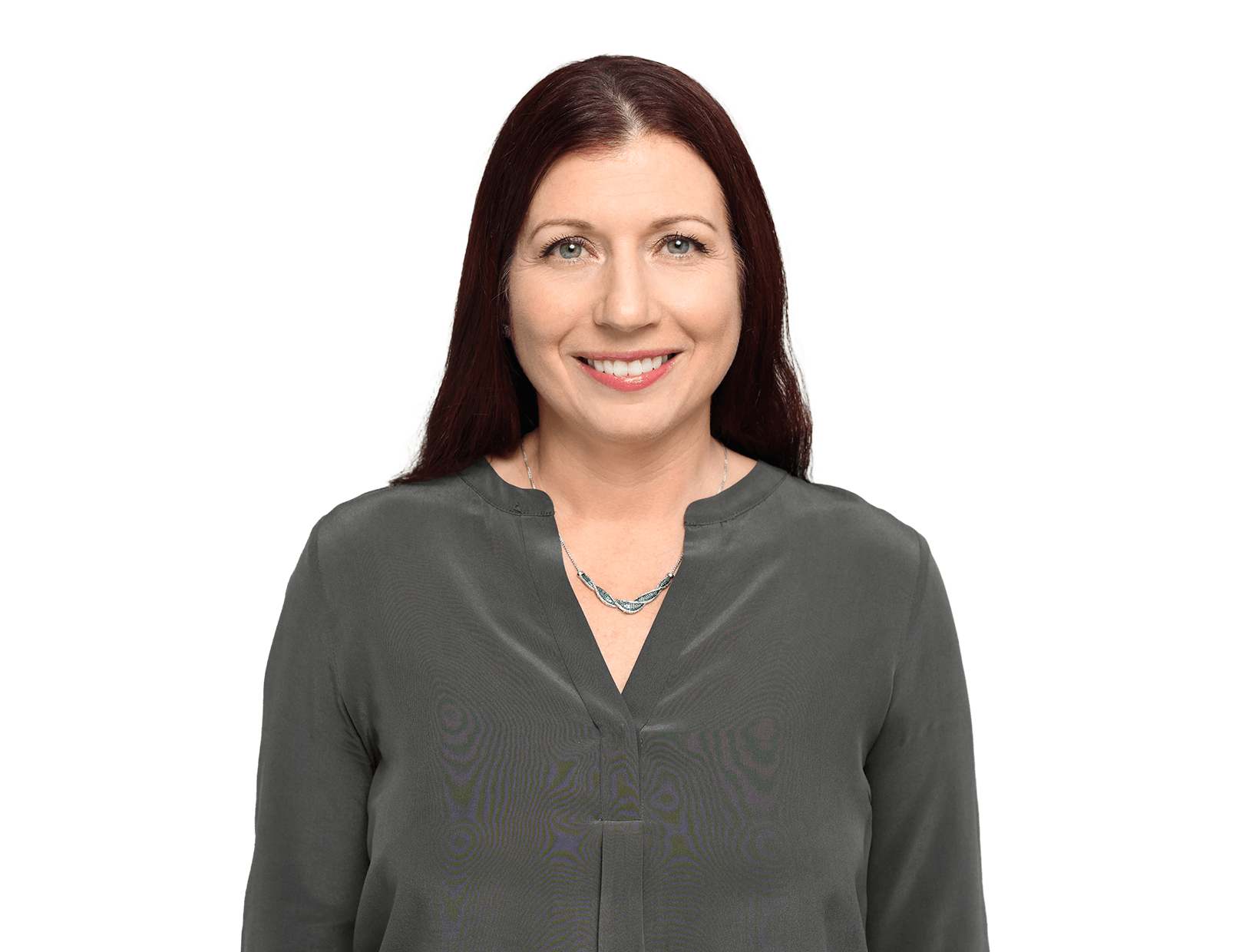Article
Feeling The Burn
Intellectual Property Magazine
Authors
-
- Name
- Person title
- Principal

-
- Name
- Person title
- Principal

Bikram yoga poses are not copyrightable says the Ninth Circuit Court of Appeals. Copyright owners need to act, says Kristen McCallion and John McCormick.
In 1971 Choudhury Bikram moved to Beverly Hills, California where he quickly became a popular figure in the US yoga industry. Central to Bikram's popularity was a method of yoga that he calls the sequence. It consists of 26 yoga poses and two breathing exercises always performed in the same order for 90 minutes in a room heated to 105 degrees fahrenheit.
Soon after immigrating to the US, Bikram began teaching yoga in California. In addition to his classes, in 1979 Bikram published Bikram's Beginning Yoga Class, a book that includes descriptions, photographs and drawings of his method. Bikram registered the book with the US Copyright Office that same year. In 1994, he introduced the Bikram Yoga Teaching Course and in 2002 obtained a copyright registration for the compilation of exercises that comprise the sequence.
In 2009, two of Bikram's former students, both of whom had completed the teaching course, founded Evolation Yoga. Evolation offered a range of yoga classes that included hot yoga, which involved 26 postures and two breathing exercises performed for 90 minutes in a room heated to 105 degrees fahrenheit. Soon after Evolation opened Bikram became aware of its activities and in July 2011 he initiated a lawsuit against Evolation alleging copyright infringement, trademark infringement, false designation of origin, dilution, unfair competition, unfair business practices, breach of contract and inducing breach of contract. Among other things, Bikram asserted that his yoga sequence was a copyrightable choreography protected by Section 102(a) of the US Copyright Act. In the alternative, Bikram argued that his yoga routine was a copyrightable compilation due to his original selection and arrangement of the individual yoga poses that comprise the 90-minute sequence.
"The Court of Appeals first determined that Bikram's 'sequence is an idea, process or system that is designed to improve health. Copyright protects only the expression of this idea and not the idea of the sequence itself'."
Bikram further argued that the copyright registrations issued by the US Copyright Office for his books and videos provided registration protection to the Bikram yoga sequence embodied therein and, consequently, that anyone performing his sequence infringes his registered copyrights.
In 2012 Evolation moved for partial summary judgment against Bikram's copyright infringement claim. The district court determined that the sequence itself was considered an uncopyrightable fact or idea rather than the creative expression of facts and ideas and declined to recognise that the sequence was protected by copyright, despite Bikram's copyright registrations.1 Bikram and Evolation eventually settled the remaining claims out of court, but Bikram appealed the district court's holding that the sequence was not covered by copyright.
To download the full PDF version, please click here.
The appeal
On appeal, Bikram maintained his arguments that the sequence was copyrightable. In October 2015, the Court of Appeals affirmed the partial summary judgment in favour of Evolation, finding that the sequence is not a proper subject of copyright.
The idea-expression 'dichotomy'
The Court of Appeals first determined that Bikram's "sequence is an idea, process or system that is designed to improve health. Copyright protects only the expression of this idea — the words and pictures used to describe the sequence — and not the idea of the sequence itself".2 Guiding the court was the relationship between Section 102(a) and Section 102(b) of the Copyright Act.
Section 102(a) of the Copyright Act sets forth eight specific categories of works entitled to copyright protection.3 But US legislators anticipated that the categories would need to evolve and noted that the categories "do not necessarily exhaust the scope of original works of authorship… Rather, the list sets out the general area of copyrightable subject matter, but with sufficient flexibility to free the courts from rigid or outmoded concepts of the scope of particular categories."4
Limiting the scope of Section 102(a) is Section 102(b) of the Copyright Act, which expressly excludes protection for "any idea, procedure, process, system, method of operation, concept, principle or discovery, regardless of the form in which it is described, explained, illustrated or embodied".5 Section 102(b) codifies what is more commonly known as the idea-expression dichotomy'.
As noted by the appeals court in Bikram, Section 102(b) ensures that copyright protection extends only to the forms in which ideas and information are expressed and not the ideas and information themselves.6 The appeals court turned to Baker v Selden, a seminal copyright decision, which held that a book about bookkeeping was protectable, but the bookkeeping method itself was not. The ruling in that case stated: "The description of the art in a book, though entitled to the benefit of copyright, lays no foundation for an exclusive claim to the art itself. The object of the one is explanation; the object of the other is use. The former may be secured by copyright. The latter can only be secured, if it can be secured at all, by letters-patent."7
This same principle applied to Bikram. The appeals court found that Bikram's copyrighted book, Bikram's Beginning Yoga Class, described the sequence in such a way that it could only be considered an uncopyrightable system or a method. Indeed, the book contained such illuminating quotes as:
- "Bikram's twenty-six exercises systematically move fresh, oxygenated blood to one hundred percent of your body, to each organ and fiber, restoring all systems to healthy working order, just as Nature intended."
- "Do the poses in the strict order given in this book. Nothing about Bikram's Beginning Yoga Class is haphazard. It is designed to scientifically warm and stretch muscles, ligaments, and tendons in the order in which they should be stretched."
The appeals court thus concluded that Bikram "attempts to secure copyright protection for a healing art: a system designed to yield physical benefits and a sense of well-being. Simply put, this attempt is precluded by copyright's idea/expression dichotomy, codified by Section 102(b)."8
Compilations and choreographic works
The court also addressed Bikram's specific claims that the sequence was protectable as a compilation, or in the alternative, a choreographic work. According to the Copyright Act, compilation is, "a work formed by the collection and assembling of pre-existing materials or of data that are selected, co-ordinated or arranged in such a way that the resulting work as a whole constitutes an original work of authorship."9
Section 102(a) of the Copyright Act also extends protection to pantomimes and choreographic works.10 Ultimately, however, the court held that, "the sequence is not copyrightable as a choreographic work for the same reason that it is not copyrightable as a compilation: it is an idea, process or system to which copyright protection may in no case' extend."11
"The subject of this appeal serves as a reminder that copyright owners should not solely rely on copyright law to protect their IP. Patent and trade dress protection should not be overlooked as viable options. Nor should contract law."
Practical implications
Owners or potential owners of copyrights for yoga poses should assume that they will not be able to copyright yoga sequences in and of themselves. While this case applies directly to yoga, its implications extend to all forms of exercise and dance, but its reach does not stop there. The analysis and holding of the case can also apply to any type of process, system or method for doing things. While the way in which the process, system and method is expressed, through a book or video for example, is copyrightable, the underlying process, system or method is not.
When expressing a process, system or method, as Bikram did in his book, try not to call out the functional aspects. The Court of Appeals relied on Bikram's own statements as evidence of uncopyrightability. Sometimes the most damaging information in a case like this is the plaintiff's/copyright owner's own admissions. Indeed, the court's decision in Bikram's Yoga College of India is consistent with the US Copyright Office's recent statement of policy, which explained that, "a compilation of yoga poses may be precluded from registration as a functional system or process in cases where the particular movements and the order in which they are to be performed are said to result in improvements in one's health or physical or mental condition."12
The subject of this appeal serves as a reminder that copyright owners should not solely rely on copyright law to protect their IP. Patent and trade dress protection should not be overlooked as viable options. Nor should contract law. Had Bikram protected his interests through contracts, he may have had a more powerful resource to deter and stop his students from teaching the sequence.
Re-evaluate your position as a copyright owner if you already obtained a copyright registration yoga poses, dance routines or exercises. In its statement of policy advising that "a claim in a compilation of exercises or the selection and arrangement of yoga poses will be refused registration" the Copyright Office also advised that it had "issued in error" a number of registration certificates that included "nature of authorship" statements such as "compilations of exercises" or "selection and arrangement of exercises".
A choreographer who did receive such a registration from the US Copyright Office, who choreographed a work that is more than merely a selection of exercises or movements because it comprises a related series of dance movements and patterns organised into an integrated, coherent and expressive whole, may consider it wise to re-register the work or correct the now invalid registration.
Footnotes
1. Bikram's Yoga College of India LP et al v Evolation Yoga LLC et al, 2:11-cv-5506, 2012 WL 6548505 (C.D. Cal., 14 Dec, 2012).
2. Bikram's Yoga College of India, L.P. v. Evolation Yoga, LLC, No. 2:11-cv-05506-ODW-SS at *7 (9th Cir., 8 May, 2015).
3. 17 U.S.C. § 102(a).
4. HR Rep 94-1476 at 53 (1976).
5. 17 U.S.C. § 102(b).
6. Bikram's Yoga College of India, at *7-15; 17 U.S.C. § 102(b).
7. 101 U.S. 99, 102 (1879); see also Palmer v. Braun, 287 F.3d 1325 (11th Cir. 2002) (holding meditation exercises described in a manual on exploring consciousness not protectable).
8. Bikram's Yoga College of India, L.P., at *13.
9. 17 U.S.C. § 101.
10. 17 U.S.C. § 102(a).
11. Bikram's Yoga College of India, L.P., at *22; 17 U.S.C. § 102(b).
12. 77 Fed Reg 37605, 37607 (22 Jun, 2012)(emphasis added).
This article originally appeared in a special edition of Intellectual Property Magazine December 8, 2015 and is reprinted with permission.
The opinions expressed are those of the authors on the date noted above and do not necessarily reflect the views of Fish & Richardson P.C., any other of its lawyers, its clients, or any of its or their respective affiliates. This post is for general information purposes only and is not intended to be and should not be taken as legal advice. No attorney-client relationship is formed.